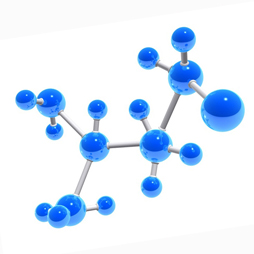The answer to the question of whether current cleaning validation limits generally in use in the industry (1/1000th of the minimum therapeutic dose of a drug product or 10 ppm) should be revised in favor of a Health Based Exposure Limit (HBEL) based limit was one of the major discussions at a “Workshop on the Generation and use of Health-Based Exposure Limits” held on 20-21st June 2017 at the European Medicines Agency.
The answer for many legacy products with well-established clinical safety profiles would be that an HBEL based on 1/1000th of the minimal therapeutic dose would be considered a sufficiently conservative approach and conventional cleaning validation limits would likely be safe. However, a firm would need to identify whether their compounds would present risk of causing adverse health effects in exposed individuals. Often a reasonable adverse exposure limit can be easily derived based on readily available data, although some toxicological expertise may be needed. Once derived, the limit can be compared to existing Cleaning Validation Limits.
A case study was presented as part of the workshop describing a firm that had a wide range of legacy products (European Federation of Manufacturing Industries and Association, Case Study – Evaluation of Health Based Exposure Limits and Potential Impact on manufacturing equipment and Cleaning Limits, Gretchen Allison, Pfizer Global Quality Operations-Validation Team Leader). The presentation includes a flow chart that can guide a firm through the decision-making process of whether to apply Conventional Cleaning Validation limits or HBEL.
While European regulators plan to remain flexible on the enforcement of HBEL, the focus may be growing for discussion on the direction of future Cleaning Validation acceptance limits. ASTM WK15778 Cleaning Process Development and Validation Standard has met
the requirements of all technical balloting on September 15, 2017, which means that this Standard will soon be published. This Guide will provide a framework for science- and risk= based approaches to developing and validating Cleaning Processes for pharmaceutical products, biological products, and Active Pharmaceutical Ingredients (APIs). This document addresses how risk characterization and risk assessment can be used to develop cleaning validation limits. This Guide will provide a scientific and risk-based approach to developing cleaning processes for pharmaceutical and biological products, including both APIs and finished products.
Neither the EU or FDA endorse any specific limits for Cleaning Validation, but recommend that acceptance limits be scientifically based and justifiable. As noted in the workshop discussions, many of the problems seen by inspectors relate to poor application of long-standing GMP expectations in cross-contamination control rather than specific issues of acceptance limits.



